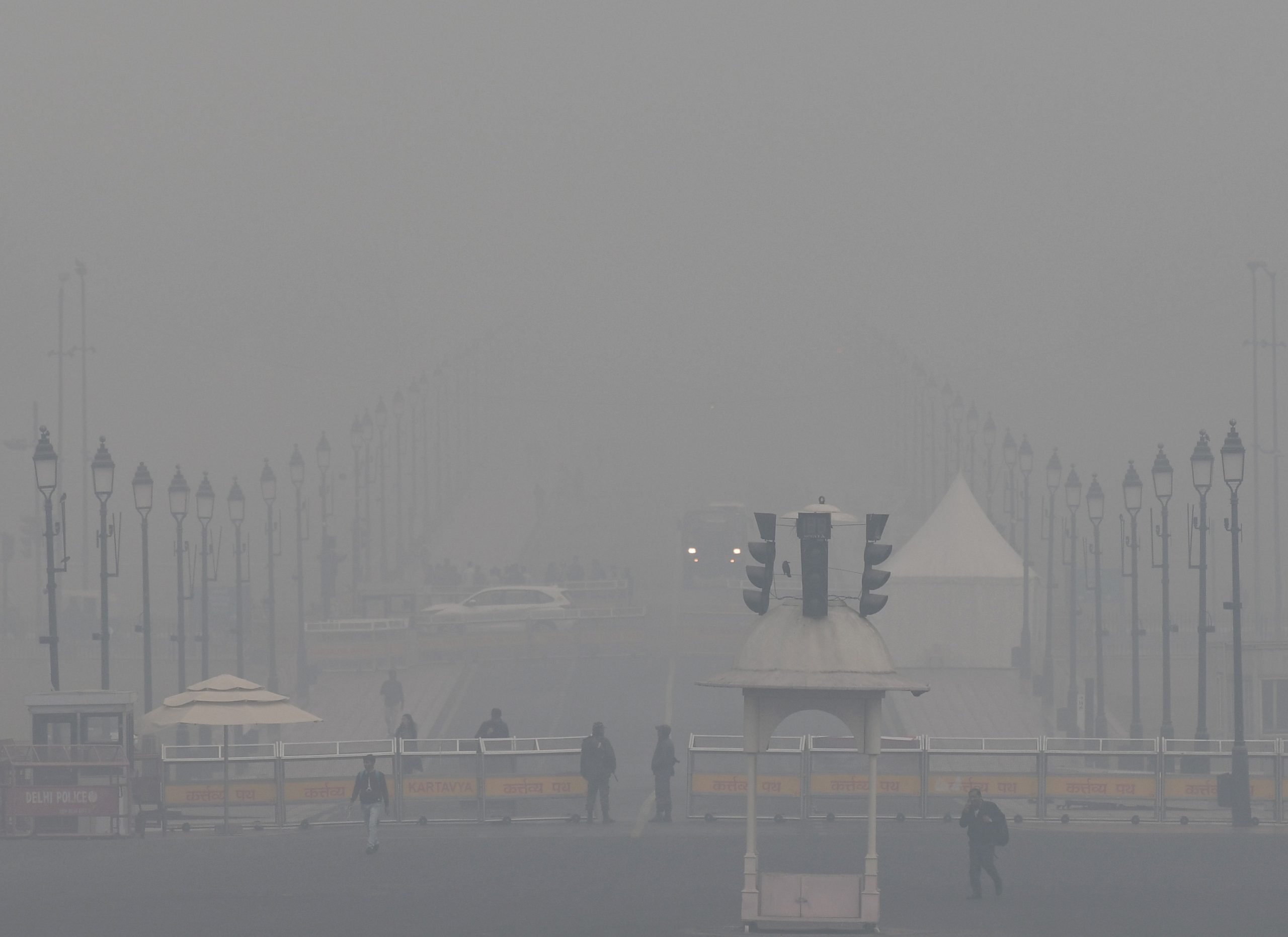A biting cold wave has gripped North India, with temperatures plunging across multiple states, disrupting daily life. Delhi witnessed a minimum temperature of 7 degrees Celsius on Tuesday, as a thin fog blanketed parts of the city. The previous day, the capital recorded a minimum of 8 degrees Celsius, while the maximum temperature reached 20 degrees Celsius.
Residents of Delhi braved the chill by gathering around bonfires, while others sought refuge in night shelters as the mercury continued to dip.
In Rajasthan, the cold weather has similarly disrupted routine life. The Indian Meteorological Department (IMD) reported a temperature of 9 degrees Celsius in Bikaner, reflecting the persistent cold conditions in the region.
Jammu and Kashmir remains among the most affected areas, with sub-zero temperatures recorded in several parts. Srinagar registered -5.2 degrees Celsius early Tuesday morning, while other regions like Gulmarg, Pahalgam, Banihal, and Kupwara recorded temperatures of -0.6, -6.8, -0.8, and -4.6 degrees Celsius, respectively. On Monday, Srinagar’s minimum temperature dipped to -7 degrees Celsius, with the maximum reaching just 7 degrees Celsius.
The IMD defines a cold wave as occurring when the minimum temperature in plains drops to 10 degrees Celsius or less, and in hilly regions to 0 degrees Celsius or below. A severe cold wave has been forecast for Jammu and Kashmir starting December 24, while Rajasthan, Punjab, Haryana, Uttar Pradesh, and other northern states are expected to experience dense fog and cold wave conditions between December 23 and 25.
Adding to the region’s woes, Delhi’s Air Quality Index (AQI) entered the ‘severe’ category on Tuesday, with fog further limiting visibility. The Central Pollution Control Board (CPCB) recorded the AQI at 401 at 8 AM, slightly better than Monday’s 403 at 7 AM. Specific AQI readings included alarming levels of 417 in Alipur, 423 in Anand Vihar, 425 in RK Puram, and 402 at ITO.
According to CPCB parameters, AQI levels range from ‘good’ (0-50) to ‘severe’ (401-500), with anything above 400 indicating hazardous air quality.
(Inputs from ANI)














